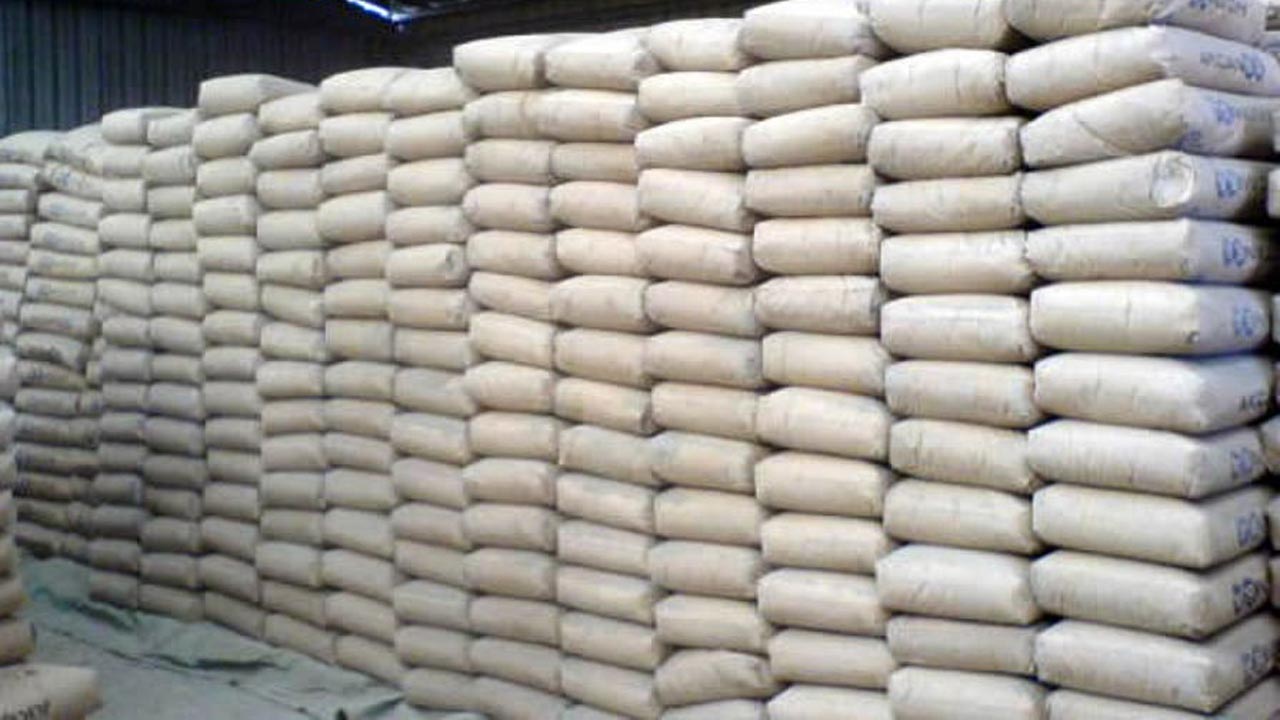There are indications that the cement sector of the Nigerian economy is on recovery part despite threats posed by sluggish growth of the macro-economy, steep naira devaluation, militancy in the Niger Delta region and weak infrastructure spending by private and public sectors.
The sector was drastically affected by the underwhelming performance of the economy mainly because the demand for cement tracks the performance of the macro-economy as well as government policies, reforms and spending on infrastructures.
A report on the Nigerian cement industry titled ‘In Search of Growth Triggers’ by Afrinvest Securities, an independent investment banking firm, shows the sector grew 4.5 percent in 2018 compared to -2.2 percent in 2017 as real GDP rose to 1.9 percent in 2018 from 0.8 percent a year earlier.
The sector which accounted for over 0.8 percent in real GDP in 2018 saw growth moderating to an average of -1.0 percent in the last three years compared with 16.9 percent in the previous decade.
The 2016 recession which saw growth declining to -1.6 percent from 2.8 percent in 2015 thwarted the fortunes of cement business as the sector contracted 5.4 percent in 2016 compared with 22.1 percent in 2015.
Consequently, the country’s consumption per capita dipped 20.5 percent to 97kg in 2017, lower than South Africa (234 kg), Senegal (222kg), India (217kg) Ghana (202 kg) and the sub-Saharan African region (116kg).
In addition, the devaluation of the naira between 2014 and 2017 triggered operating costs of cement companies given their exposure of energy costs ( as gas is priced in dollars and coals are imported) coupled with debt to foreign currency risk, which consequently hiked cement prices.
Lafarge was badly bruised due to its foreign currency loans. Dangote was unaffected owing to its long dollar position on the back of its recorded earnings from revaluation gains.
Also, activities in the real estate and construction sectors that ought to support growth of the sector are uninspiring. Both sectors grew less than 2.5 percent in 2018. Infrastructure spending is still below the recommended $50 trillion or N18 trillion based on Nigerian Integrated Infrastructure Master Plan (NIIMP).
Steps taken to address the issues
The opulence of the cement industry has started to revive. Players have diversified their sources of fuel and have equally embraced local input sourcing. Stability in the foreign exchange market since mid-2017 has, to a great extent, eased pressure on operating costs of cement makers.
With the diversification of input sourcing, cement makers now have the long-term buffers to absorb currency risk, in case it occurs.
Key trends driving the sector
According to the report, new investment opportunities are gaining momentum in the sector amid overcapacity. An estimated 7.1 metric tonnes (MT) was added to the sector’s capacity since 2016 though utilization is less than 50 percent. Additional 12 MT is expected to come on board given Nigeria’s growing population and export opportunities.
The report pointed out that cement makers have started optimizing fuel mix, and this gave them upper hand to benefit from cheap fuels such as coal. Optimizing fuel mix is expected to spike earnings on the back of reduced energy cost.
Given the growing demand for cement, players are now moving to other parts of the country to exploit excess capacity in the exports market. Trucking remains the major means of transportation as infrastructure remains deplorable.
Outlook
The outlook for the sector is positive. The sector expanded 4.5 percent in 2018 as against -2.2 percent in 2017. Energy cost is expected to trend southwards given diversification of input sourcing and mild currency risk. Based on this, volume as well as earnings and profitability are expected to surge.
However, the report noted that growth of the broader economy will underperform the population growth rate close to 3 percent in medium term, thereby affecting demand for cement.
The enforcement of executive order 007, which grants tax credits to companies for funding public infrastructure, is expected to reduce tax expense and boost earnings of cement makers.
Although the African Continental Free Trade Area (AfCTA) aims to promote intra-Africa trade by reducing tariff, there are growing concerns on whether this policy would hamper the competitiveness of Nigerian cement. This might be the reason for President Buhari’s reluctance to sign the agreement.
In another side, there is high chance for Nigerian cement producers to benefit from the agreement given their cost competitiveness as a result of excess capacity, tax incentives and abundance of raw materials. The report noted that Dangote Cement is poised to benefit most due to its overcapacity in several regions of Africa.
Given the paucity of raw materials in West African region, cement importation is not a big threat to Nigerian cement makers, coupled with the fact that huge transport costs from other parts of the continent would make imports unattractive.
ISRAEL ODUBOLA







